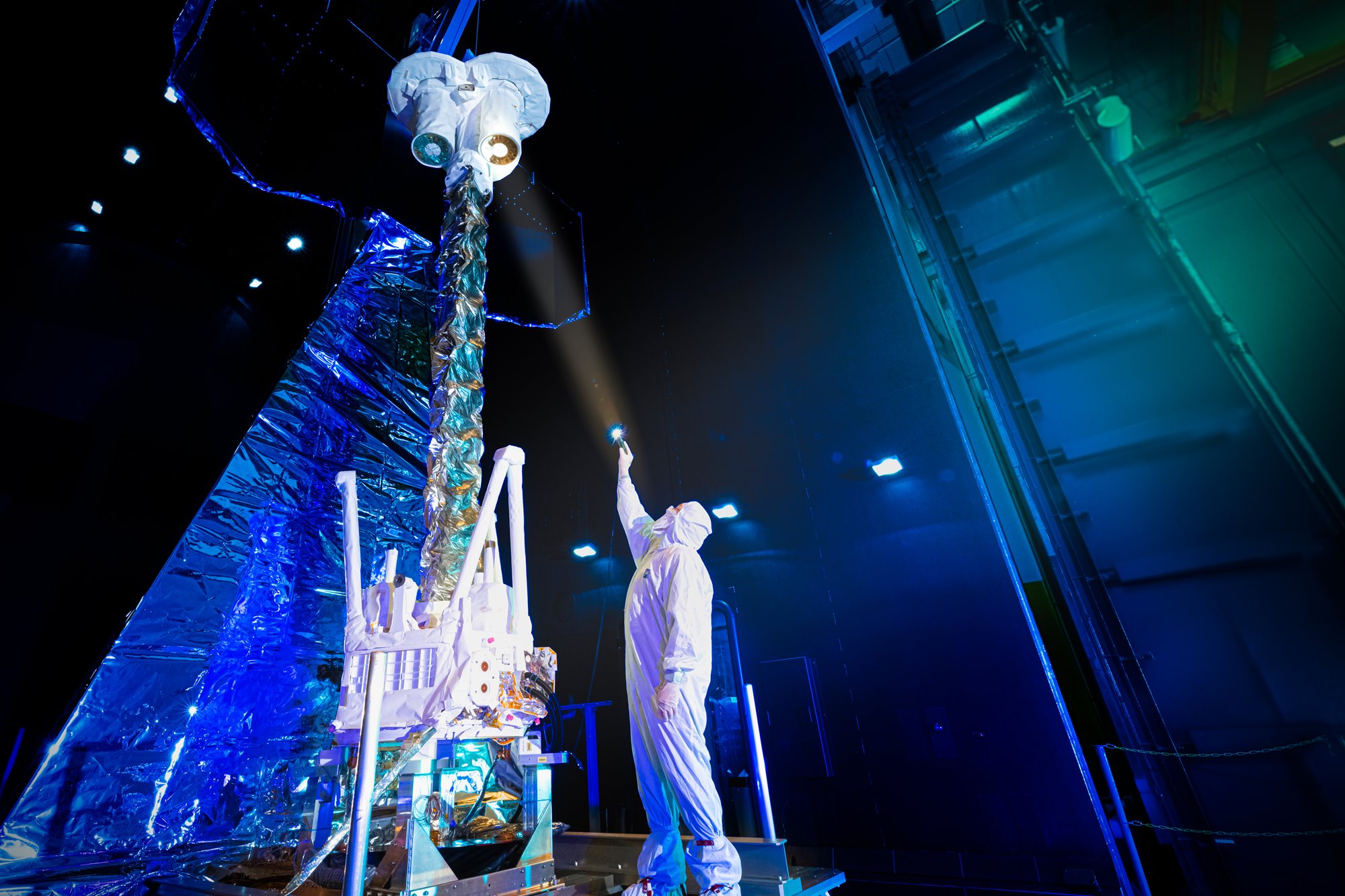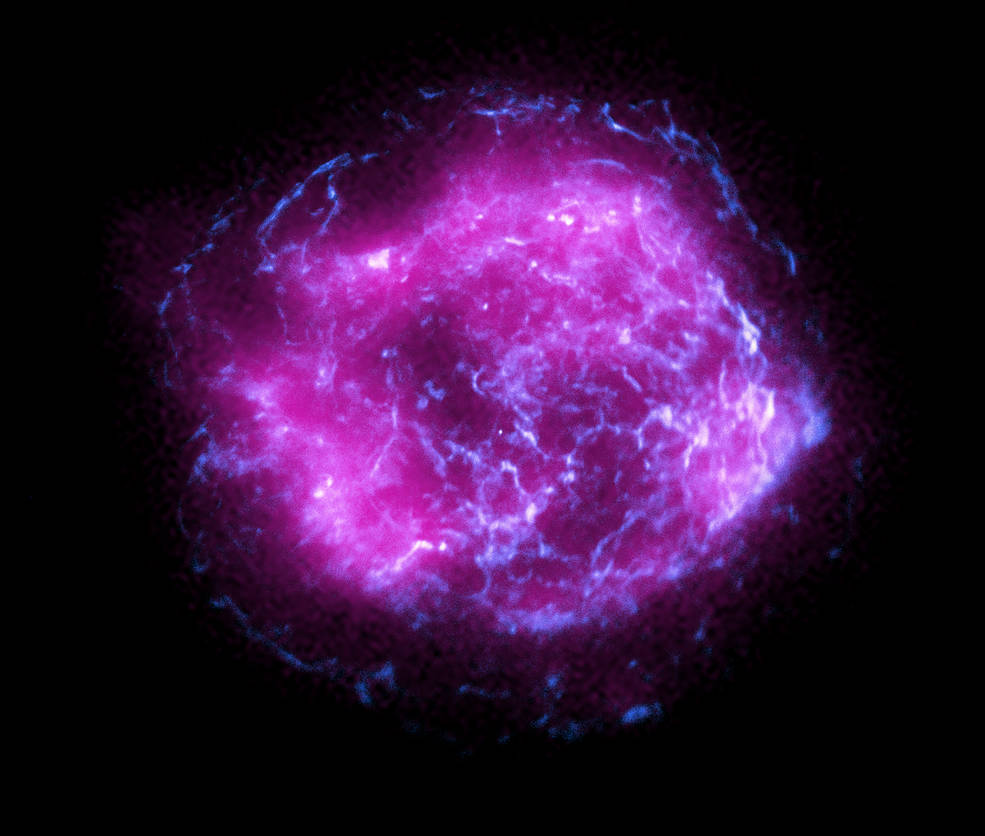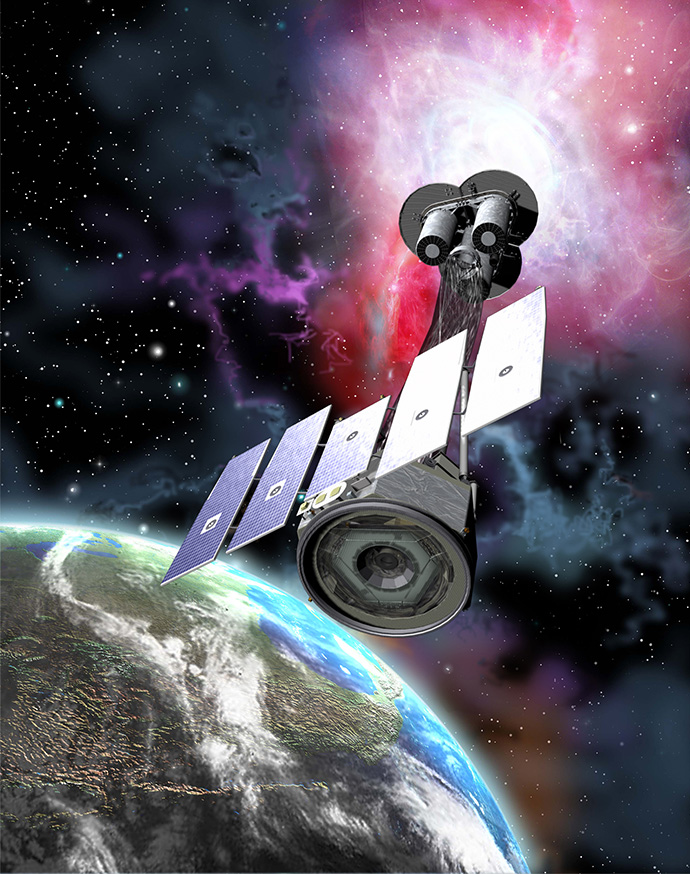

IXPE: Imaging X-Ray Polarimetry Explorer
Investigating Physics in Extreme Environments
NASA’s Imaging X-Ray Polarimetry Explorer (IXPE) mission is allowing astronomers to discover, for the first time, the hidden details of some of the most exotic astronomical objects in our universe. IXPE is part of NASA's Astrophysics Explorers Program and is led by Principal Investigator, Martin Weisskopf. A collaboration between NASA’s Marshall Space Flight Center, the Italian Space Agency and Ball Aerospace, IXPE is the first space mission dedicated to observing polarized X-rays from extreme objects such as neutron stars, stellar and super massive black holes. This space-based astrophysics observatory aims to help scientists understand the fundamental physics of extreme celestial objects and the physical phenomena that have never been explored.
IXPE successfully launched on December 9, 2021 from NASA's Kennedy Space Center in Florida.

Enabling Measurement of X-Ray Polarization
IXPE is introducing the capability for X-ray polarimetric imaging, which enables the measurement of X-ray polarization with scientifically meaningful spatial, spectral and temporal resolution, to address NASA’s science goal "to probe the origin and destiny of our universe, including the nature of black holes, dark energy, dark matter, and gravity."
For example, this mission allows for a new and unique way of measuring the geometry of extreme magnetic fields over a wide range of spatial scales, from the polar jets of Active Galactic Nuclei, to the near-surface of extremely magnetic neutron stars called “magnetars”.
Image Credit: NASA/CXC/SAO/IXPE

What We're Doing
Utilizing a highly-integrated team of engineers, technicians and scientists, Ball provided the Ball Configurable Platform (BCP) spacecraft, mechanical and structural elements of the payload, observatory assembly, integration and test, and mission operations for IXPE.
As the spacecraft provider, Ball leveraged its BCP heritage, a satellite bus that has a history of exceeding mission design life. The BCP has a broad spectrum of capabilities, is highly-reliable and has proven stability and pointing performance, which are essential for astrophysics missions. For example, the versatile BCP line has flown in a variety of orbits with a wide assortment of payloads, including electro-optical payloads (imagers, spectrometers and photometers) with high-accuracy pointing requirements such as NASA’s Kepler telescope.
Similar to NASA’s Kepler mission, students and professionals are operating the IXPE spacecraft from the University of Colorado Boulder’s Laboratory for Atmospheric and Space Physics (LASP).
IXPE Boom Deployment at Ball
IXPE
Download this PDF to learn more about the Imaging X-Ray Polarimetry Explorer mission.
